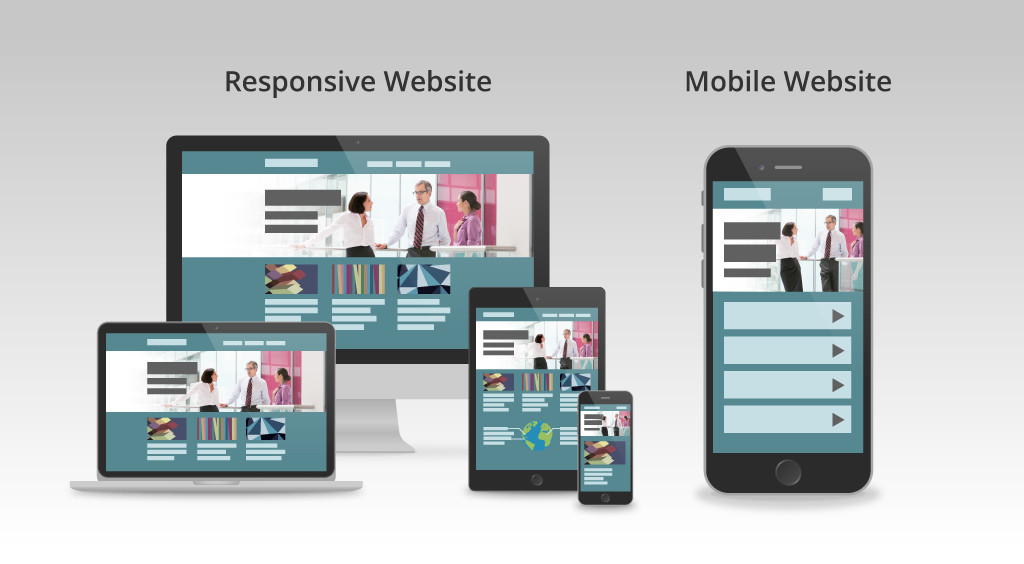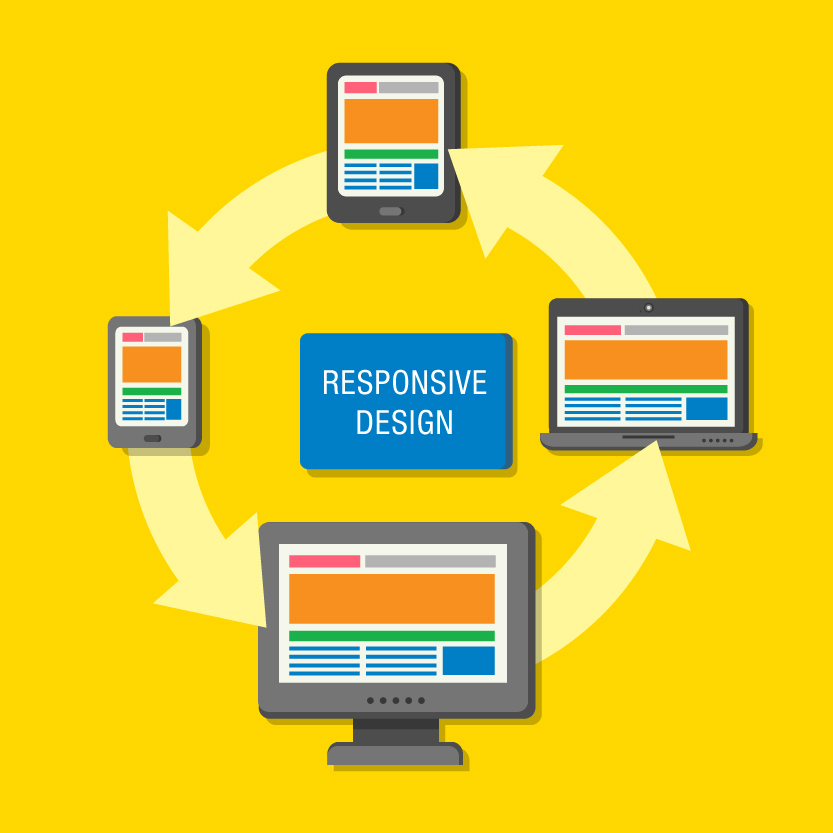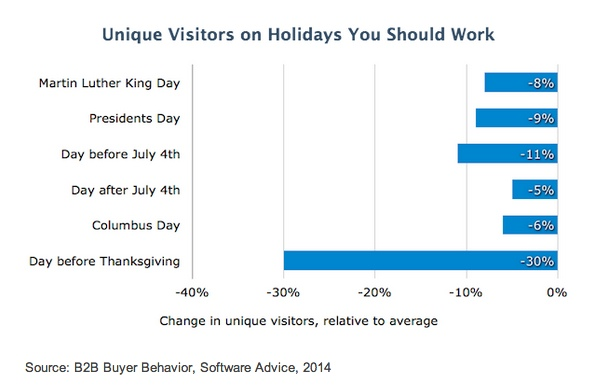5 ways to amplify your content marketing to expand your reach
Every minute, over 211 million pieces of content are created online. 211+ million! How can our content marketing compete with those kinds of numbers?
We know that simply creating great content alone isn’t enough to get it found on the open web – we have to amplify it, increase its reach. One of the keys to success is getting your content in front of as many people in your target audience as possible.
But how do you do it? The following are 5 helpful hints to expand the reach of your content marketing efforts.
1.) Promote, promote, promote
The truth is, your target audience is not going to find your latest blog post, whitepaper or eBook simply because you’ve created it. No matter how valuable and magnetic your content is, it still needs to be marketed and promoted.
The transient nature of online and social media means you need to find multiple ways to get the word out and keep it out. Here are a few tips to help you with your content promotion:
- Premium content (eBooks, etc) should be promoted on your social channels regularly
- Pull snipets/quotes from blog posts and re-use as tweets & include a link to the full post
- Include older blog posts which are topical, relevant or evergreen in your social media publishing rotation
- Leverage influencers, syndication and CTAs
2.) Optimise your content for search engines
While today’s search engine optimisation is much more about creating quality content over technical prowess, basic on-page SEO is essential to making sure your content ends up on the first page of the SERPs.
Here are some SEO best practices to ensure your content doesn’t fall into the search page abyss:
- Include a descriptive URL that includes primary keyword
- Create and accurate title tag that includes primary keyword
- Create a unique meta description that includes primary keyword
- Include primary keyword in headline and any secondary headline
- Keyword optimise ALT tags and image file names
3.) Employ content marketing ambassadors (hint: they already work for you!)
Your employees represent a phenomenal opportunity to increase the reach of your content marketing, regardless of the size of your company. Each individual employee has their own social network – whether on LinkedIn, Twitter, Facebook or all of the above.
While there may be some overlap, for the most part each employees’ network likely represents a different audience than you are able to target with your corporate social media efforts alone – take advantage of this! Encourage employees to:
- Share company blog posts, eBook, webinar, etc. on LinkedIn
- Like, retweet and comment on social posts
- Create discussions on LinkedIn groups using your content
- Promote content during face-to-face and email interactions with prospects
4.) Leverage paid amplification
With the organic reach of many social platforms on the decline and the desire to get in front of larger more targeted audiences on the rise, paid amplification (sponsored content, social advertising) can be a valuable tool. Social networks like Twitter, Facebook and LinkedIn have sophisticated platforms for paid amplification and other networks like Pinterest and Instagram have introduced their own paid marketing product initiatives as well.
The long and short is this – paid amplification is becoming more and more necessary if you want to expand your reach. Here’s a few tips to get started:
- Set up and initial budget and experiment with different platforms and options
- Target a very specific audience using LinkedIn’s Sponsored Content
- Use Twitter’s Promoted Tweets or Facebook’s Boosted Posts
5.) Don’t forget old faithful – Email Marketing
When it comes to increasing the reach of your B2B content marketing, email can be a powerful driver. While email marketing has long been used as a promotional tool, it is often used to sell the company itself, not its thought leadership.
Use your email messages to share your interesting content – whether that is in the form of blog subscription emails or targeted messages promoting content relevant to a specific segment. Here are a few ideas:
- Set up a blog subscription and send subscribers regular blog updates
- Shift your eNewsletter to be more content marketing oriented
- Develop lead nurturing drip campaigns for all premium content marketing offers
- Promote new premium content to relevant segments of your contact list
The take away message is this – Don’t leave the marketing out of content marketing! As stated before, you can’t create a great piece of work, then sit back and relax. Content creation requires content promotion in order to increase reach.
If you want to talk to us about how we can and increase your current content marketing reach, contact Managing Director Steve Ballantyne p: 09 950 2140













